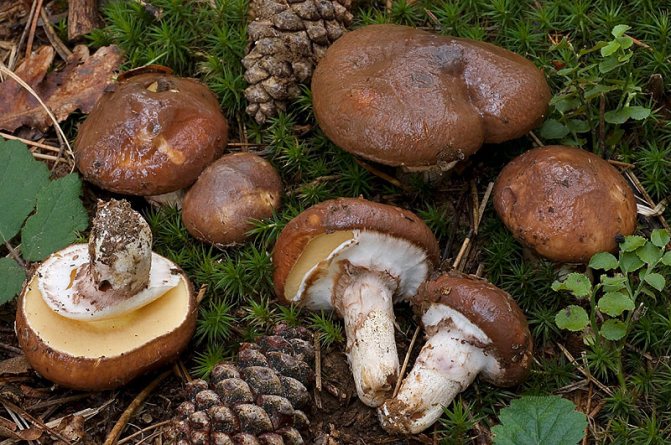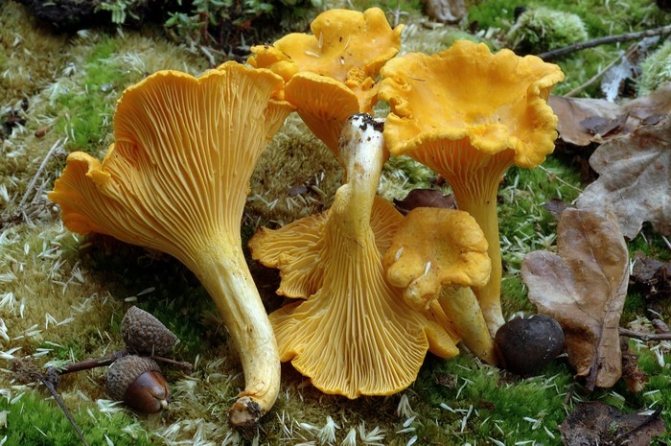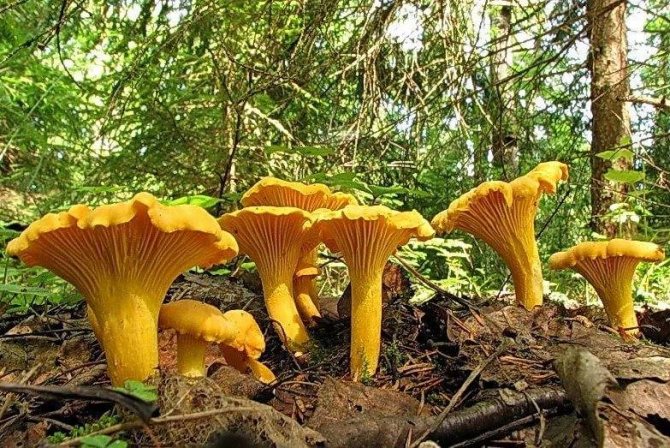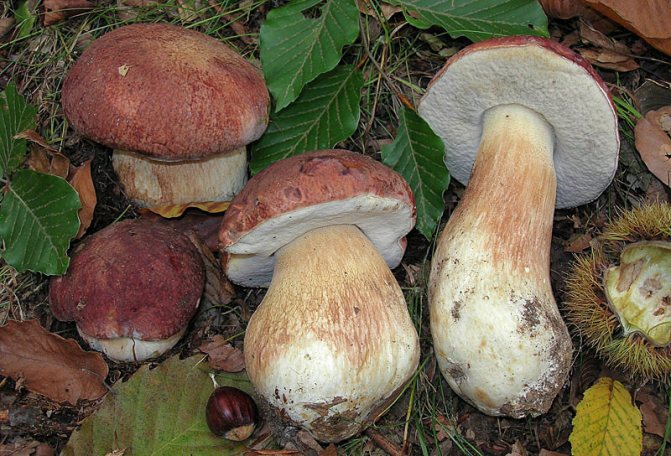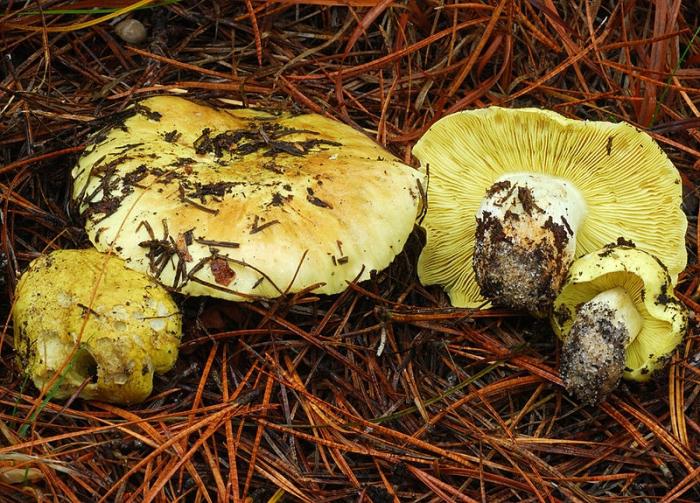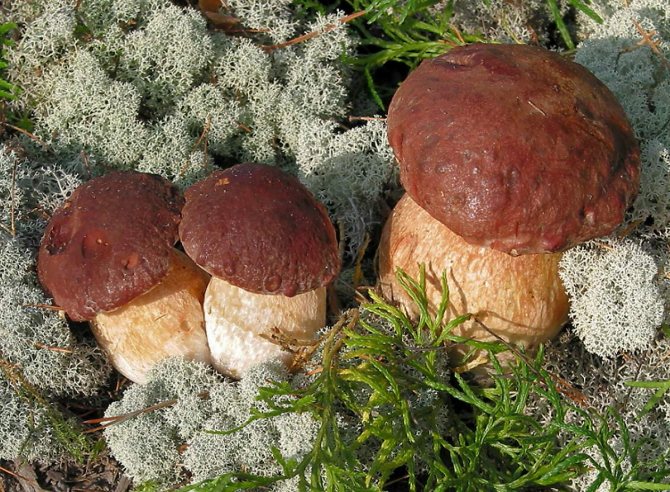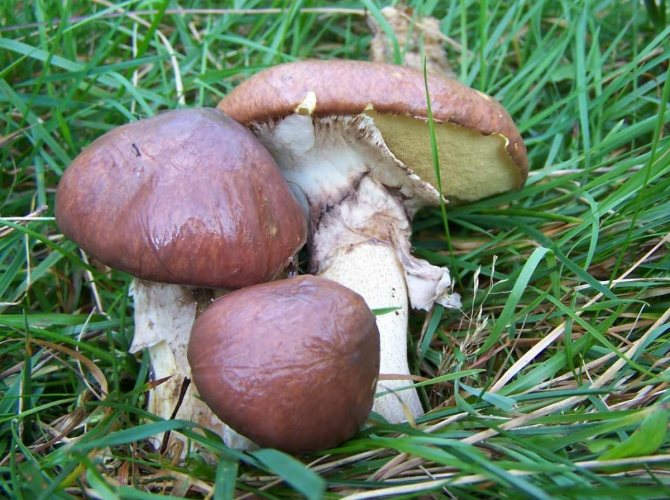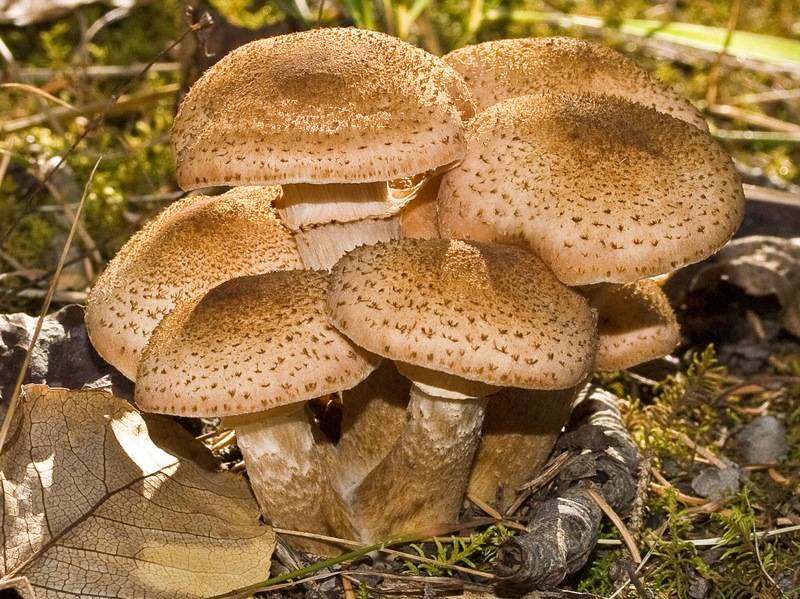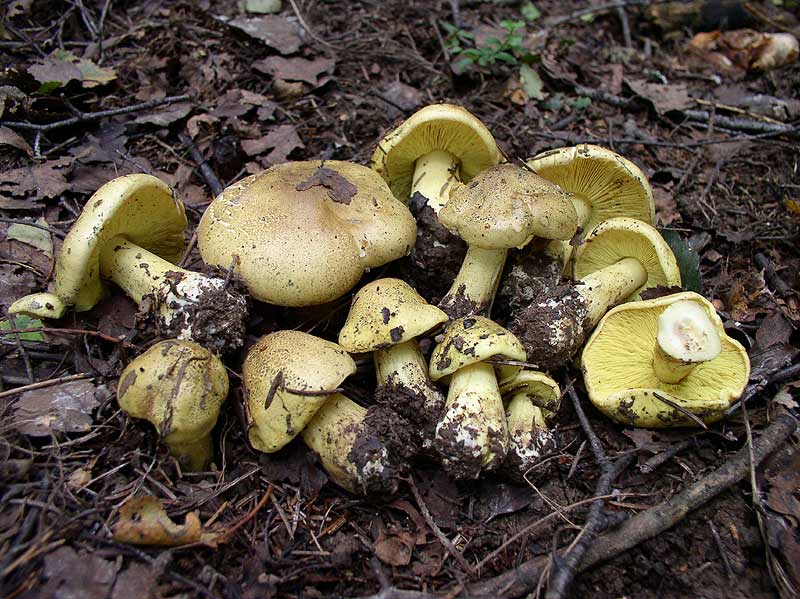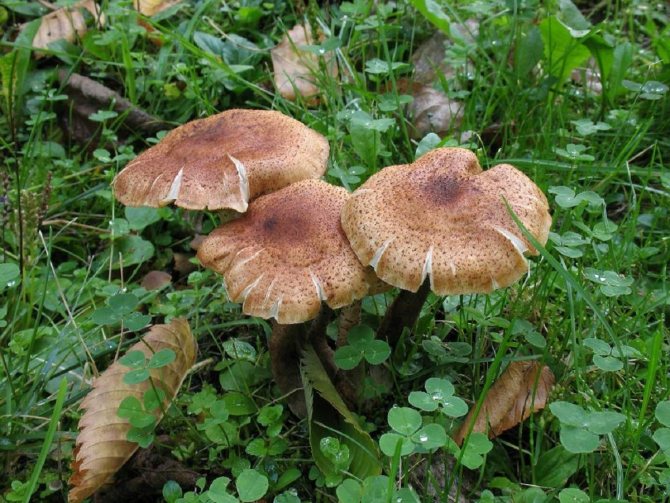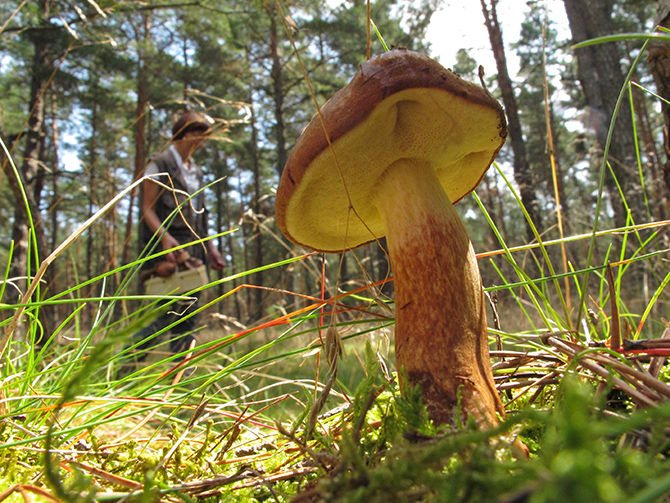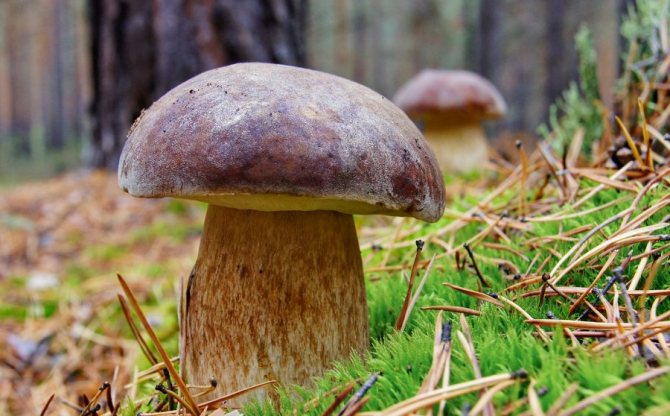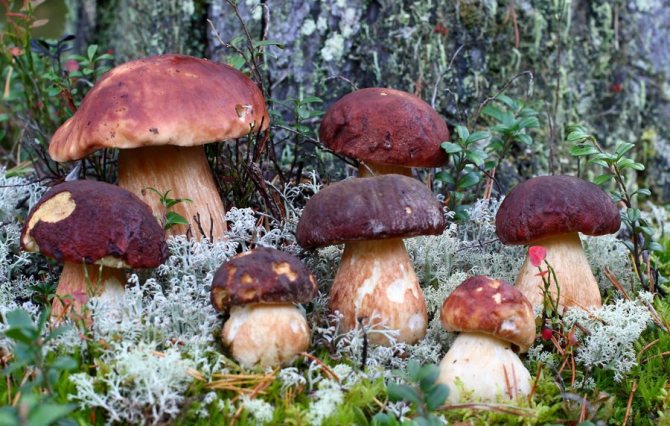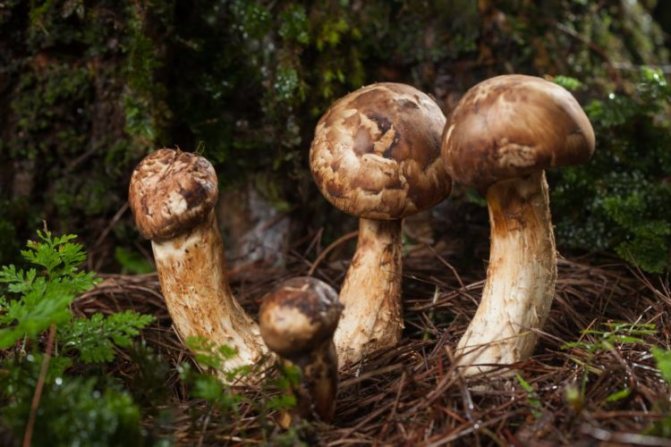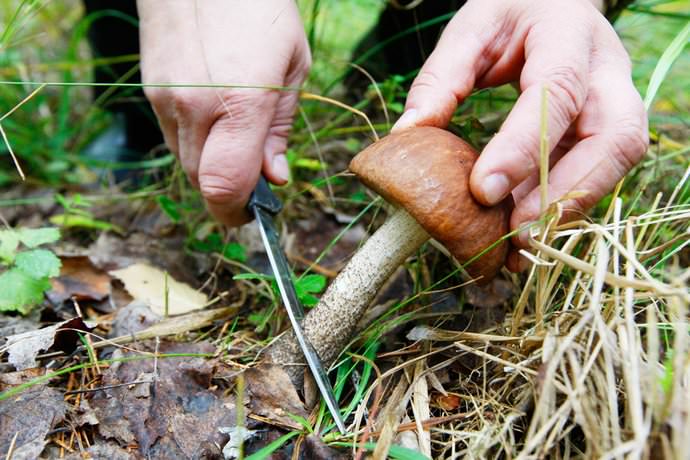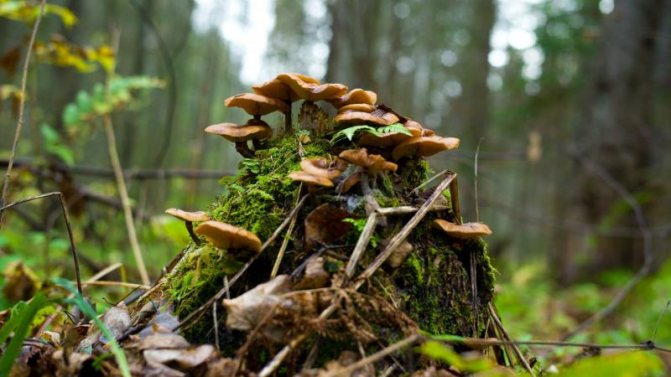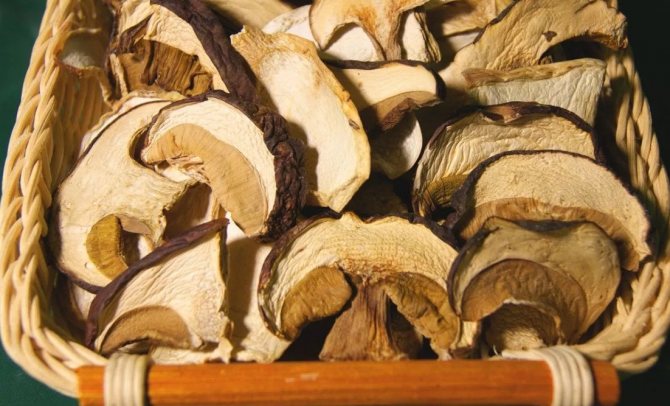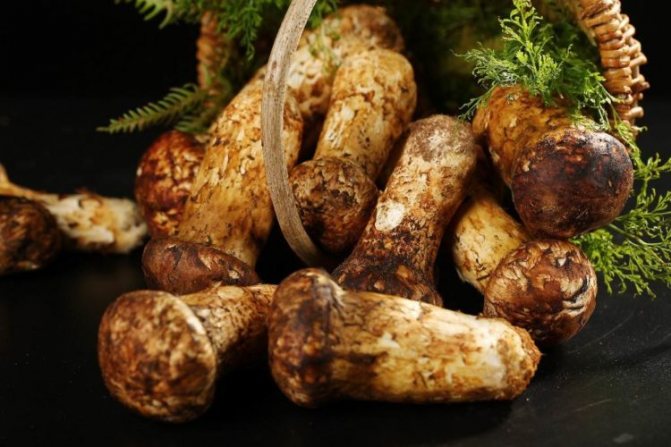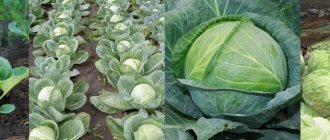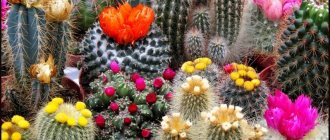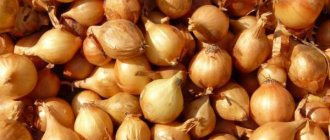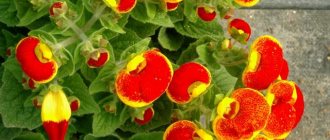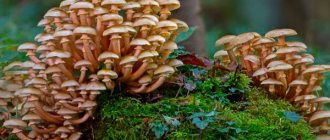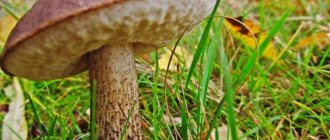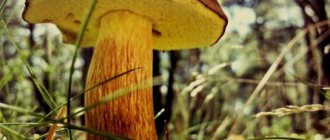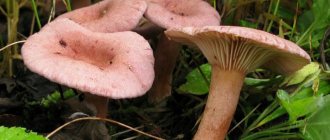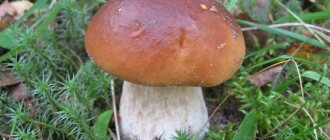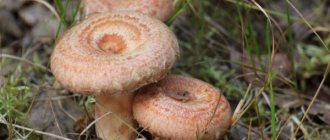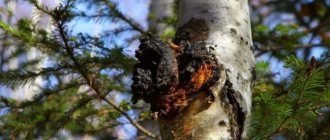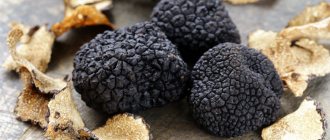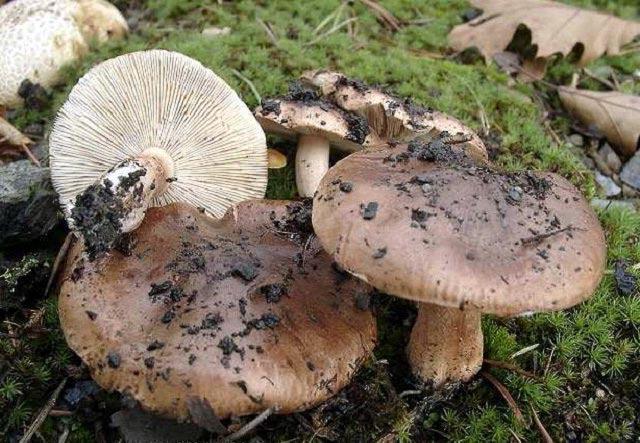
A mushroom is a living organism that forms a separate kingdom of the same name. For a long time they were attributed to the plant kingdom. But due to the fact that mushrooms are characterized by some features that distinguish and at the same time unite them with plants and animals, it was decided to take them into a separate kingdom. The fact is that fungi cannot carry out the process of photosynthesis and receive nutrients from sunlight. They need ready-made organic substances as food.
general characteristics
About 200 species of mushrooms grow in the forests of our country, but only 40 species of them can be eaten by humans. The energy value of the product is low, about 300-500 calories per 1 kg. The chemical composition of the mushroom is close to that of vegetable crops, while the set of amino acids is similar to animal products.
What mushrooms grow under a pine tree? These are porcini mushrooms, saffron milk caps, pigs, russula, Polish mushroom, boletus, greenfinches, mokruha and fly agaric. In spruce forests you can find porcini mushroom, granular butterdish, spruce mushroom, garlic mushroom, forest mushroom, raincoat and yellow mushrooms.
Pine mushroom
Most often, the answer to the question of which mushrooms grow under the pine and spruce is “white”. This fruiting body has many synonyms: boar white mushroom, pine-loving boletus.
Its cap can reach 20 cm in diameter, mostly wine-red or brownish. The leg has a bloated appearance and is similar in color to the color of the cap, but in a lighter shade. When cut, the pulp does not darken, but is always white.
The fungus can be found in dark and highly lit areas of the forest. It was found that the illumination does not affect the yield. It can bear fruit both singly and in groups.
Mushroom picking takes place in the summer-autumn period. The highest yield occurs at the end of August. In some regions, there are specimens weighing up to 1 kg. Mushroom pickers prefer young mushrooms that are not infested with larvae and have a more delicate taste.
White mushroom can be cooked in any way: fry, marinate, dry. In some regions, salads are seasoned with fresh porcini mushroom.
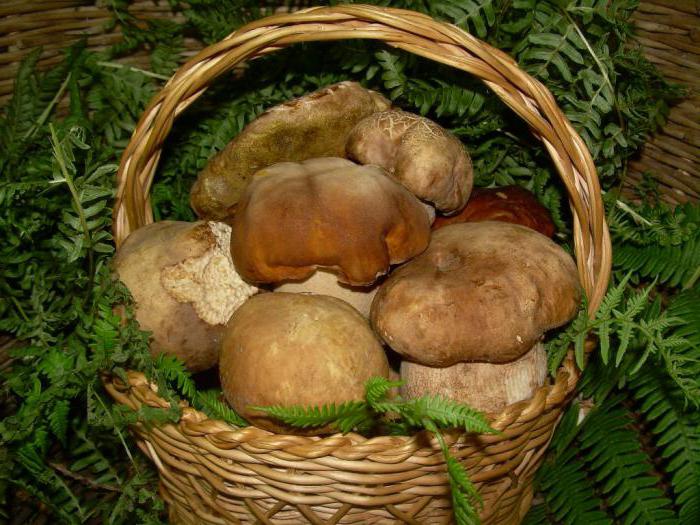

Chanterelles in June (video)
It should be noted that the life expectancy of the fruiting body of summer honey agarics, chanterelles and boletus does not exceed ten days. For about two weeks, the fruit bodies of the porcini mushroom and the boletus retain their food and commercial qualities. The most durable can be considered the fruiting body of the champignon, which can be preserved in natural growing conditions for more than a month.
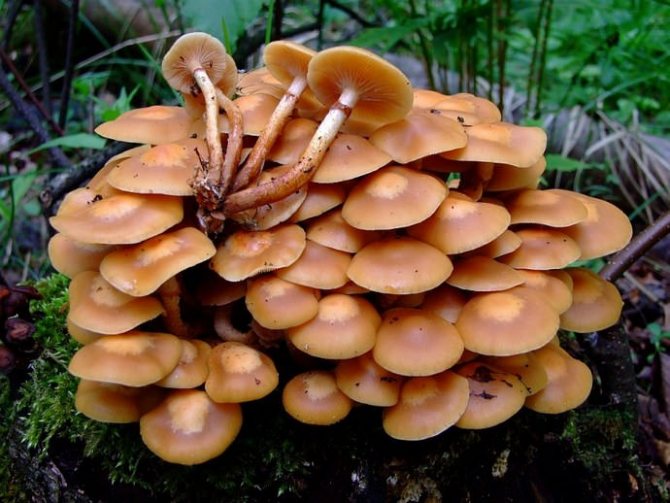

Ryzhik
Ginger is one of those mushrooms that grow under pine and spruce. Pine camelina is distinguished, which has an orange or red-orange cap. Spruce mushroom has a yellowish tint or lilac-greenish. Fruit specimens of this species are covered with mucus. When cutting or touching it, green spots appear. Has a pronounced smell of milky juice.
Spruce mushroom thrives best in areas where moss grows, there are small bumps, as well as near lingonberries and blueberries.
The pine species is most often found in drier parts of the forest, on small hills near young pines.
The mushroom is most suitable for pickling and frying in sour cream.
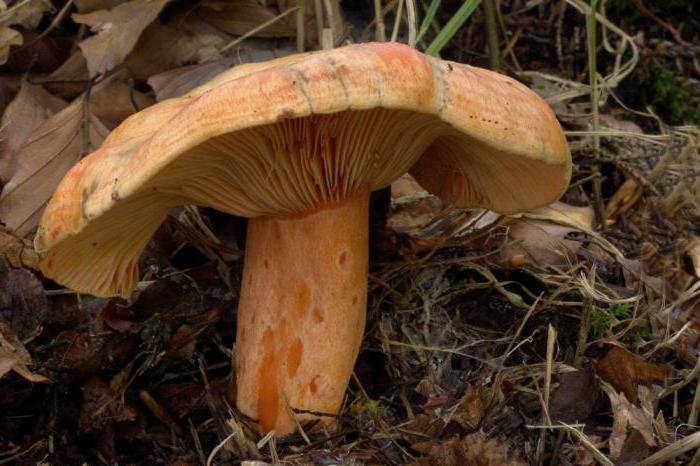

Application
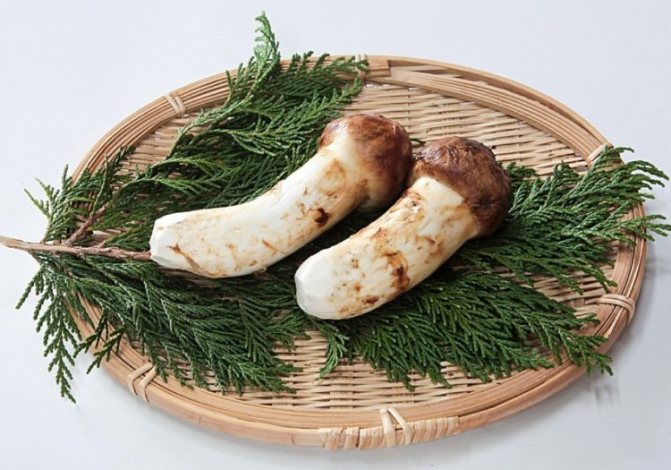

In cooking
Delicacies from the shoddy ryadovka have the aroma of pine and pear and are very much appreciated by gourmets.In most cases, matsutake is not served as a separate dish, but in addition to soups, salads, snacks and side dishes. Often, mushrooms are not subjected to heat treatment, simply by cutting them into transparent plates so that their unusual aroma is more vividly manifested.
Connoisseurs divide mushrooms into categories according to smell and taste. Elite rowers are usually supplied from the Russian Primorye. Young, unblown mushrooms are valued more. Only fresh matsutake is used; in dried or frozen form, they lose their unique smell, original taste.
In medicine
All the useful, medicinal properties of mushrooms are used in medicine in Japan, from mushroom powder they make drugs that help fight influenza viruses, prepare tinctures that lower blood pressure, regulate the functioning of the stomach and intestinal tract, help with diabetes (lower sugar content). Medicines from mushrooms are used in the complex treatment of cancer. Matsutake are part of the mushhima mushroom extract (strengthening the immune system).
Mosswheel
Outwardly, the mushroom looks like an aged white one. In our region, green moss is mainly found. The velvety hat acquires a greenish-purple hue over time. Advantage grows on the edges and roadsides.
The mushroom has a pronounced fruity flavor; it is eaten boiled and fried.
If we discuss what kind of mushrooms grow under the pine, then they include the "relative" of the flyworm - the Polish mushroom. In appearance it strongly resembles white. The hat can reach 15 cm in diameter, velvety, brown or brown. Blue appears on the cuts, the flesh itself is white, with a yellowish tinge. The mushroom can be prepared in any way known to man.
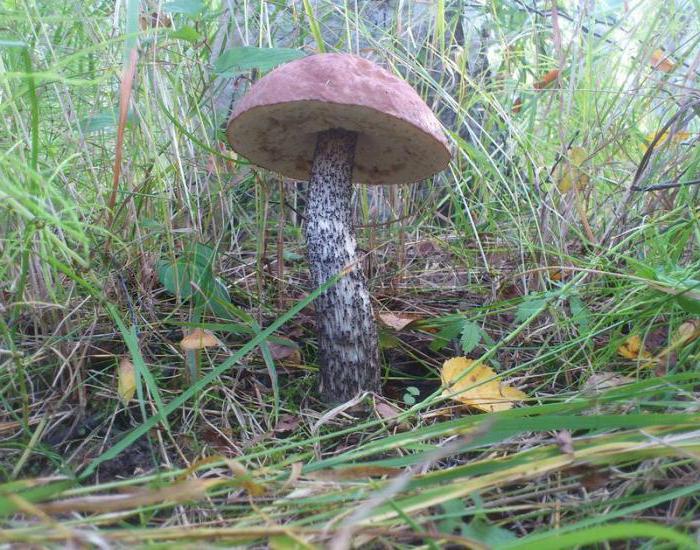

Butterlets
Oiler is the name of a huge group of mushrooms from the Boletovye family, which includes about 40 representatives. The main difference between the family is that all of its members have an oily cap.
Perhaps this species is leading in the list of which mushrooms grow under a pine tree in our country. Although they are found in Africa and Australia, that is, in those countries with a temperate climate.
In our forests there are mainly common and autumn butterdishes. The cap of the fungus has a small tubercle in the center. The color is usually brownish, but there are specimens with a brown or olive tint. The peel is easily removed from the mushroom, inside is soft and juicy, yellowish pulp.
The oiler thrives on young pine trees, but it can also be found in mixed forests. The fungus loves soil with good drainage, that is, sandstone. He accepts greenfinches, chanterelles and russula as neighbors. It grows mainly in groups.
Almost the entire warm season bears fruit, from July to October, the main thing is that the atmospheric temperature is above 18 degrees. When the temperature drops to -5, the growth of mushrooms stops completely.
Summer and granular oiler fall into the category of which mushrooms grow under a pine tree. There are few differences from the autumn and ordinary species, the color of the cap is ocher yellow. It is found mainly in pine forests.
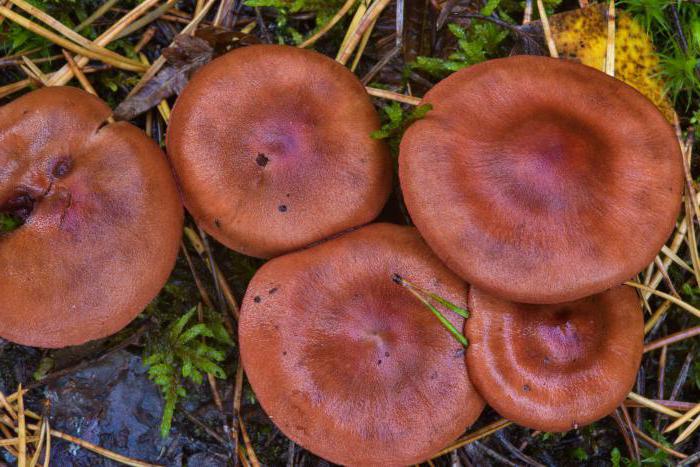

Growing methods
Experts have proven that growing porcini mushrooms at home is possible. The growing process will have to devote enough time and effort, but the result will not be long in coming. First you need to collect and study information on how this can be done. There are two ways to grow this valuable species: with mycelium or with fresh hats.
From mycelium
The first cultivation option is from the mycelium, or the so-called mycelium. To do this, you need to purchase the mycelium of the white pine mushroom in the store. In addition to mycelium, you will definitely need conifers, moss, branches, and compost as a growth stimulator. Planting takes place from May to September.The area is prepared for planting, the top layer of the soil is removed with a shovel. A layer of compost is laid out on the cleared place, mycelium is staggered on it.
Important! It is not advisable to plant more than one package of myceliums under one tree.
After that, the myceliums are covered with a layer of removed soil and watered with water. For a good result, it is recommended to cover the planting site with straw. The harvest should appear in about a year, after the mycelium has taken root well in a new place and can please with a harvest for at least four years.
From hats
The main difference from the method of growing from mycelium is the different planting material. Planting caps are taken from overripe fruits. They can be yellow in color and are not scary if affected by insects. The growing process is similar to the first method. You also need to prepare the soil, distribute the caps, cover them and water. The first harvest can be expected in a year.
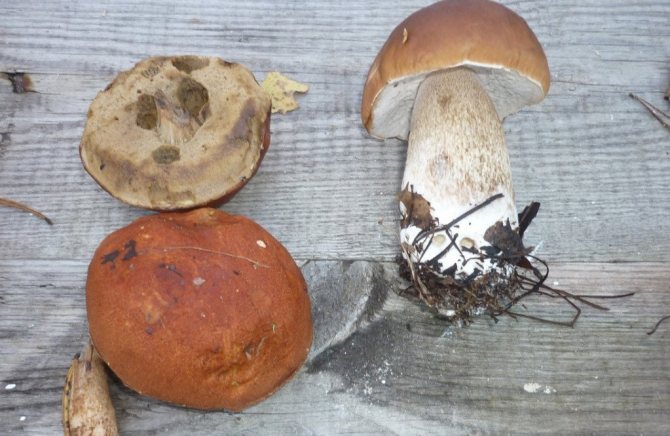

Lactose
This family of mushrooms includes several species. This is a bitter or bitter lump, a black lump or chernukha. Prefers forest litter. It can grow in spruce and pine forests, birch groves and areas with hazel undergrowth.
The bitter cap usually does not exceed 8 cm, similar to a funnel, the leg is high, up to 10 cm, and up to 1.5 cm in diameter. The color of the cap and leg is the same, reddish brown.
Chernukha cap can reach 20 cm in diameter, olive-brown in color. The leg is not high - up to 6 cm, but fleshy - up to 2.5 cm in diameter.
Although these species fall under the category of which mushrooms grow under the pines, they are still conditionally edible, that is, they require adherence to a certain cooking technology. The mushroom is pickled only after preliminary soaking or boiling.
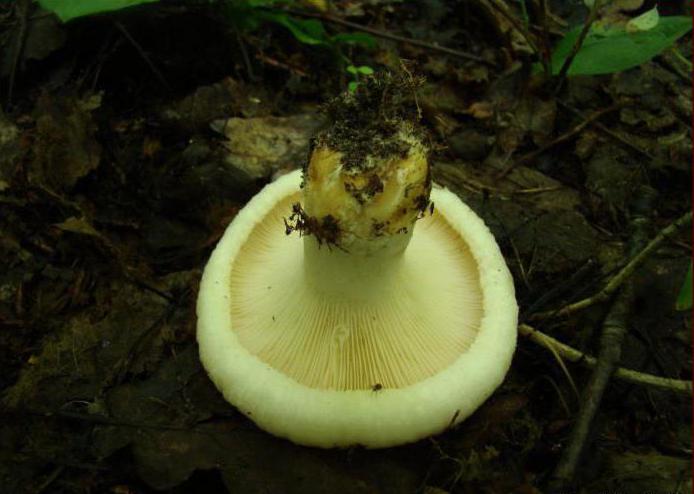

Russula
In coniferous forests, russules are found, which have an unusually huge species composition. The color of the hats is amazing: from brown and red, to green and purple shades. But the structure of the cap is very fragile. Russula are also called the most "democratic" mushrooms: they grow in spruce and pine groves, deciduous forests and wastelands. They can bear fruit in the cool and hot seasons, depending on the subspecies.
Mostly russula are fried or boiled, dried, since they are poorly suited for pickles due to their fragile structure.
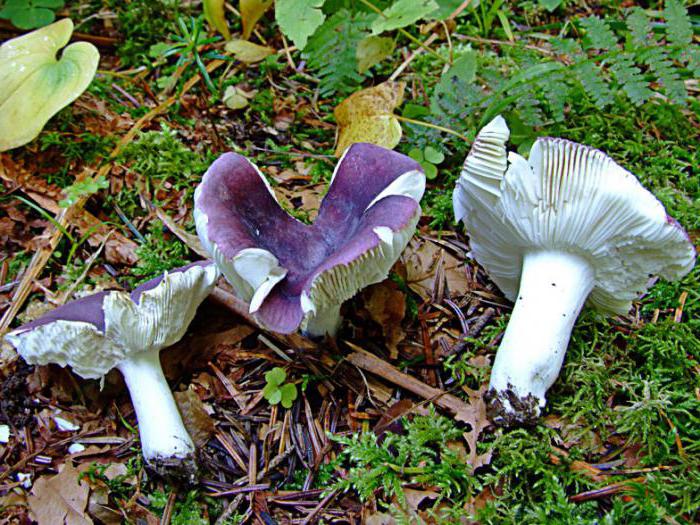

Harvesting rules
It is very easy to recognize the mushrooms that grow under the pine tree. There are plenty of photos on the Internet, almost every house has a book on mushroom topics. But even edible mushrooms can be dangerous to humans if certain rules are not followed:
- Mushroom picking near highways and railways is prohibited. There is a great risk that they will contain heavy metal salts and other harmful substances.
- Collect only those copies that you are sure of. You should not taste them, much less let children do it.
- Examine the mushrooms carefully: they should not be damaged and wormholes. Coming home again, inspect the harvested crop, discard damaged specimens.
- Do not pull out the mushroom with the mycelium. If you do this, then in a couple of weeks there will be no new mushrooms in this place.
At the slightest doubt, for example, if the mushroom is of an unknown species, discard it. Happy quiet hunting.
Useful and harmful properties
Boletus contains a large amount of vitamin A, B1, C, D.
- In addition, boletus is rich in the following substances:
- riboflavin - is responsible for the healthy condition of nails, hair and skin, contributes to the normal functioning of the thyroid gland;
- sulfur and polysaccharides - prevent oncological neoplasms;
- ether lecithin - clears the walls of blood vessels from cholesterol;
- amino acid ergothioneine - stimulates regenerative processes in cells;
- glucan - promotes the formation of strong immunity, protecting the body from viruses, bacteria, fungi.
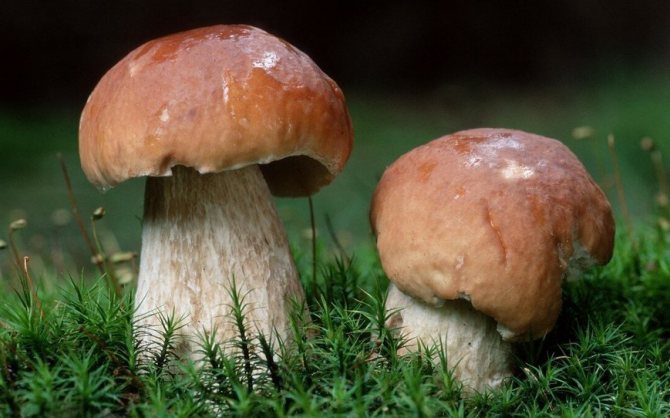

Due to its rich composition, boletus is used in the treatment of:
- tuberculosis;
- metabolic disorders;
- angina pectoris;
- skin ulcers;
- frostbite;
- atherosclerosis;
- anemia.
Important! The porcini mushroom contains a lot of useful protein, which is poorly absorbed by the body due to chitin in the composition. But if you eat a dried product, then the digestibility rate will increase to 80%.
- The harmful properties of boletus include:
- the tendency to absorb heavy metals and toxic substances when growing near roads and in industrial areas;
- the ability to cause a negative reaction of the body in the form of poisoning or gastrointestinal upset from consumption with improper drying or storage of ready-made mushrooms;
- aggravation of the state of health when the product is consumed by people who suffer from liver and kidney diseases.
Mushrooms are heavy food - they are digested for a long time by the body, therefore it is recommended to use them in small quantities in combination with vegetables. It is also not recommended to give this product to children under 12 years of age, since the body is not yet able to digest the chitinous membrane, which is fraught with problems with the digestive system.


Thus, the porcini mushroom is not only tasty, but also a very healthy product that grows everywhere. Now the collection of boletus has been greatly simplified, since on the Internet you can find many places indicating the coordinates of mushroom fields. In order not to confuse edible boletus with a false porcini mushroom, it is recommended to carefully read the information in the article, having studied the main differences and features of growth.

